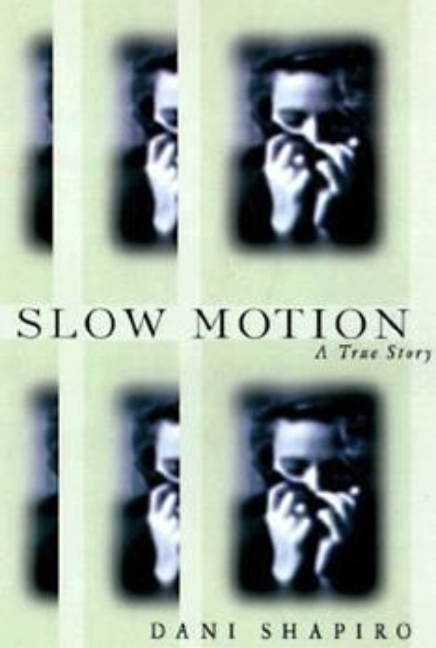
“*HOW* do you guys decide which story gets told first? I can’t tell which story should get my time and energy, my brain hurts, and I tend to visit Tangent Town because that is how my brain likes to play.”
This question came from a student recently, who’s struggling with the opposite of writer’s block, what she’s calling “writer’s firehose.”
Usually, my go-to advice for writers struggling with their stories is to let the subconscious have its way. But that won’t help my student, because her subconscious is firehosing ideas all over the page, dragging her to Tangent Town, and basically not letting her finish anything. And she really wants to finish something.
And look, we’ve all been to Tangent Town. It’s that brain space where too many ideas live, all clamoring to escape. Sometimes, it’s exactly where you want to be. There are days you need firehose your ideas all over the page, (yes, firehose is my new favorite verb). You want to let your subconscious excavate a long-forgotten memory, or take your protagonist through the entire Illinois State Fair (for some reason), or obsess about avocado farms. There are days your subconscious will throw a tantrum and block the exits if you don’t.
But we choose to write because we have something to say. So I say, some days, you get to choose. You can decide that your subconscious is not—and should not—be the boss of you. On those days, tell it to go sit in a chair, as my colleague N. West Moss will do, while you have your say.
Recently, Mary Karr has been posting about writing a memoir about her sister, and in these posts, we watch her wrestle with these exact issues in real time. Sometimes, Karr is very deliberately driving the bus; others, she’s letting her mind tell her where to go; still others, both her conscious and subconscious mind labor together for three hours to produce four good sentences. Check out some of Karr’s posts here.
I think I’m trying to give you different colored permission slips to do what you need: A pink one for when you need to focus on something urgent and get it out; green if you need to make a deadline; azure when you want to commandeer a chair and tell your dead grandmother to shush; orange if you just want to open the firehose to its widest setting, and see what comes out.
Try this: open your notebook, close your eyes and see what happens. Nothing? OK, look at the most recent thing you wrote and pick up where you left off. Following the thread of something that hooked your interest can be a good way to wade back into the flow, even if you don’t write something you want to keep later.
Or? Decide at the end of a writing session exactly what you’ll work on during your next one, ie, “Next time, start with the story about Dexter and the platypus.”
But if writing about Dexter and the platypus feels like a chore, don’t force it. Shuffle your permission slips and move on.
Whatever it takes, keep the traffic flowing in one direction. Never forget, you are the mayor of Tangent Town.

Kelly Caldwell
Dean of Faculty






